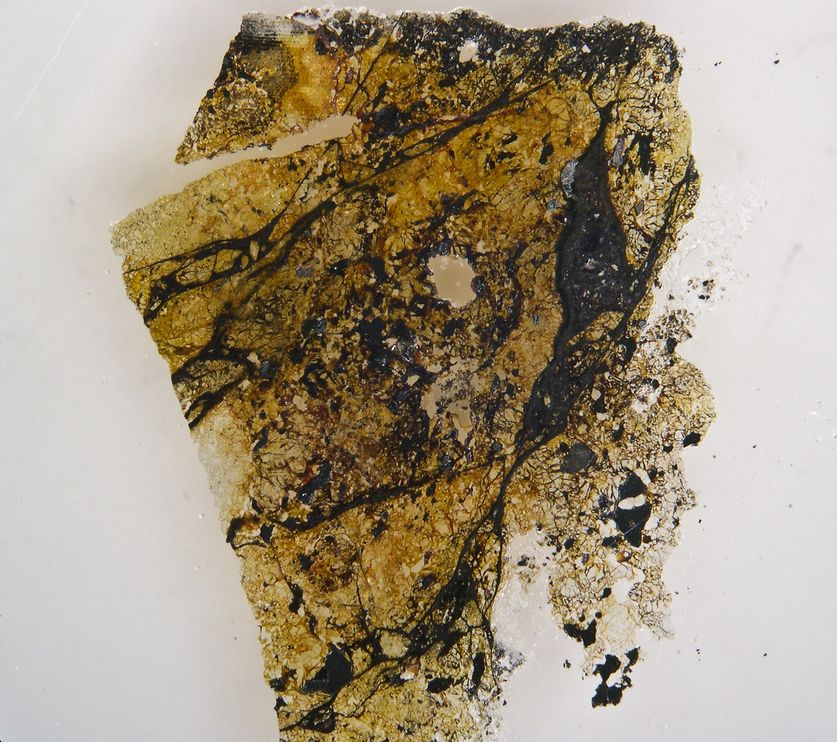Earth's Most Abundant Mineral Finally Gets a Name
Post Date: 23 Jun 2014 Viewed: 394

Identified in a meteorite that fell to Earth 135 years ago, the abundant mineral finally gets a name: bridgmanite.
Scientists have known about the mineral for decades but were only able to examine it up close in the past few years. The mineral is normally found deep beneath the surface, but was identified and studied in a meteorite that collided with the Earth 135 years ago.
Formerly known by its chemical name, silicate perovskite (Mg,Fe)SiO¬3, the mineral was named bridgmanite this month to honor Percy Bridgman, a physicist who won the Nobel Prize in 1946.
The name recognizes Bridgman's "fundamental contributions to high-pressure physics," Chi Ma, a mineralogist at the California Institute of Technology in Pasadena, tells National Geographic.
Ma characterized the material with Oliver Tschauner, an associate research professor at the University of Nevada-Las Vegas, who led the effort.
"This fills a vexing gap in the taxonomy of minerals," Tschauner told the American Geophysical Union.
Likely the most plentiful mineral in the Earth, the mineral had been indirectly studied for decades by measuring changes in earthquake waves as they travel through the planet. The mineral is thought to be found from the bottom of the transition zone of the Earth's mantle down to the planet's core-mantle boundary, at depths between 416 and 1,802 miles (670 and 2,900 kilometers).
Formed Under Intense Heat and Pressure
Bridgmanite is formed from intense heat and pressure, as is found inside the Earth, which causes its atoms to arrange in a unique pattern.
In 2009, Tschauner and Ma started looking for it in the well-known Tenham meteorite, which hit Queensland, Australia, in 1879.
The high-pressure mineral ringwoodite ((Mg,Fe)2SiO4) was first discovered in the Tenham meteorite in the 1960s. Since then, scientists have been investigating high-pressure minerals in the meteorite and others like it, says Ma.
The meteorite, which formed 4.5 billion years ago, endured high-energy impacts in space that subjected it to similar heat and pressure as found inside the Earth.
The discovery of natural bridgmanite in a meteorite could help scientists better understand how materials are shaped and formed deep in the Earth, Ma adds.
It could also provide new insight into how substances are transformed by collisions between small objects in the solar system.
Because bridgmanite is so sensitive to beams of electrons from microscopes, it took Tschauner and Ma five years and many experiments to figure out its structure. The process that eventually worked was synchrotron x-ray diffraction, done at labs in Chicago and Berkeley, California.
The pair of scientists submitted the mineral's structure for review and naming to the International Mineralogical Association in March 2014, and on June 2 it was approved.



